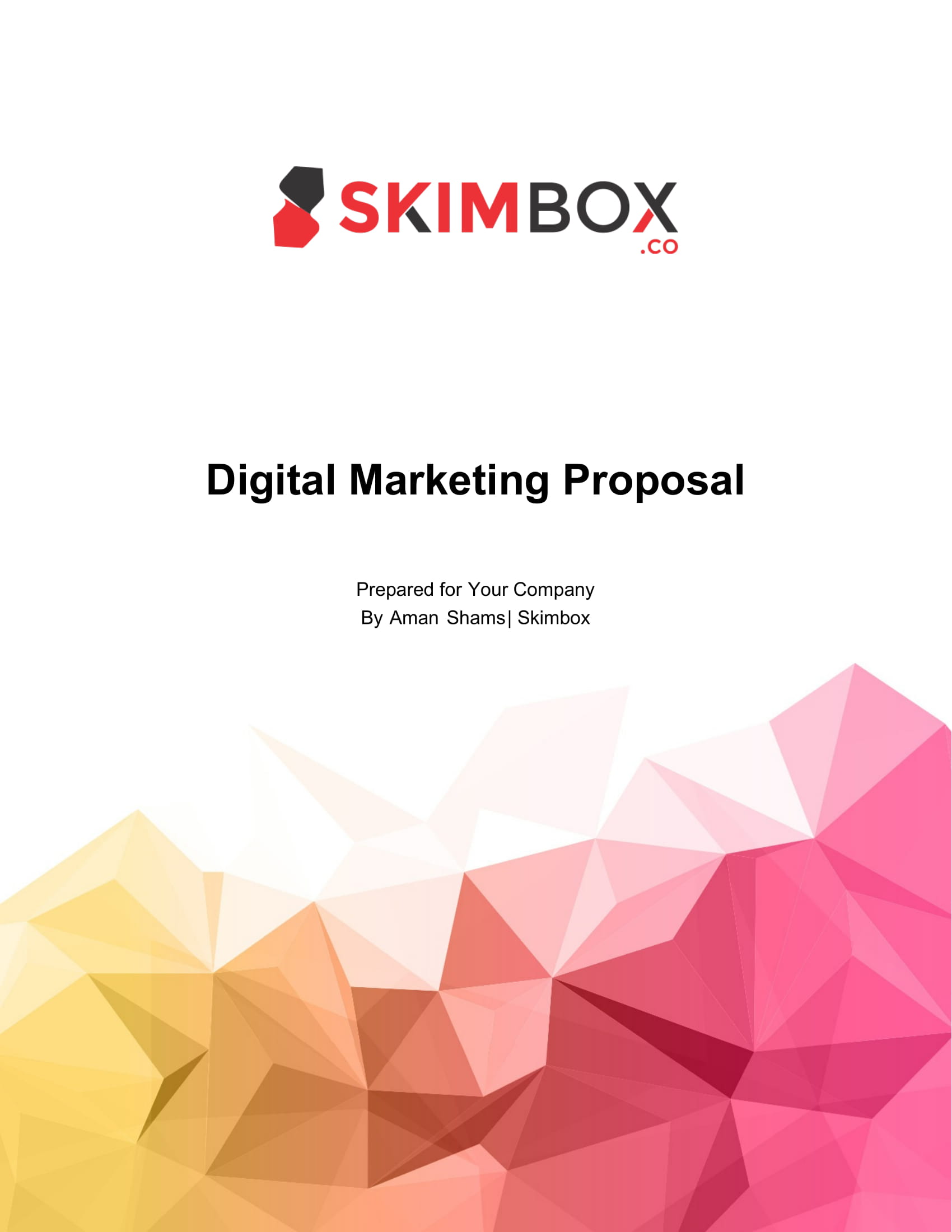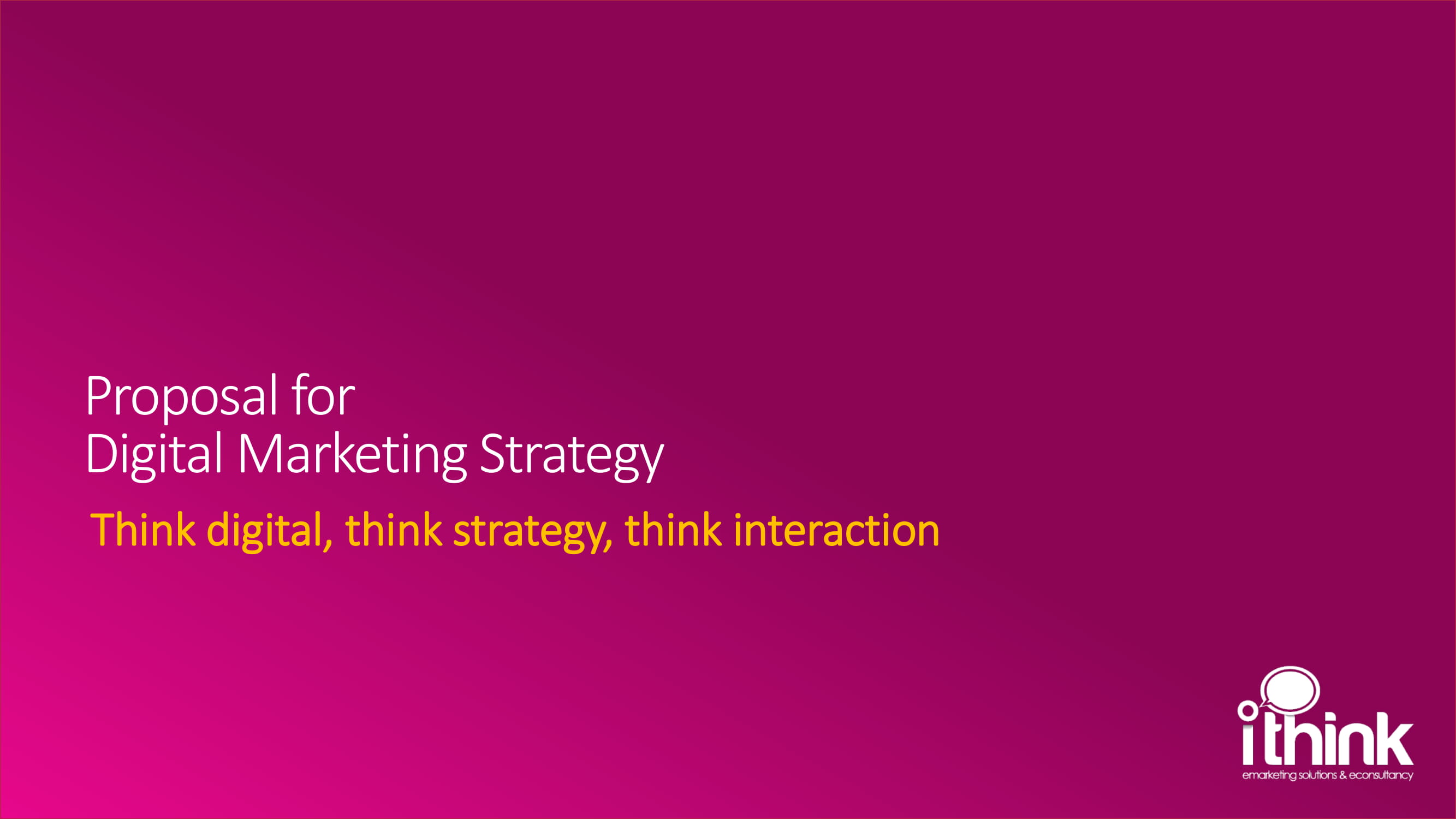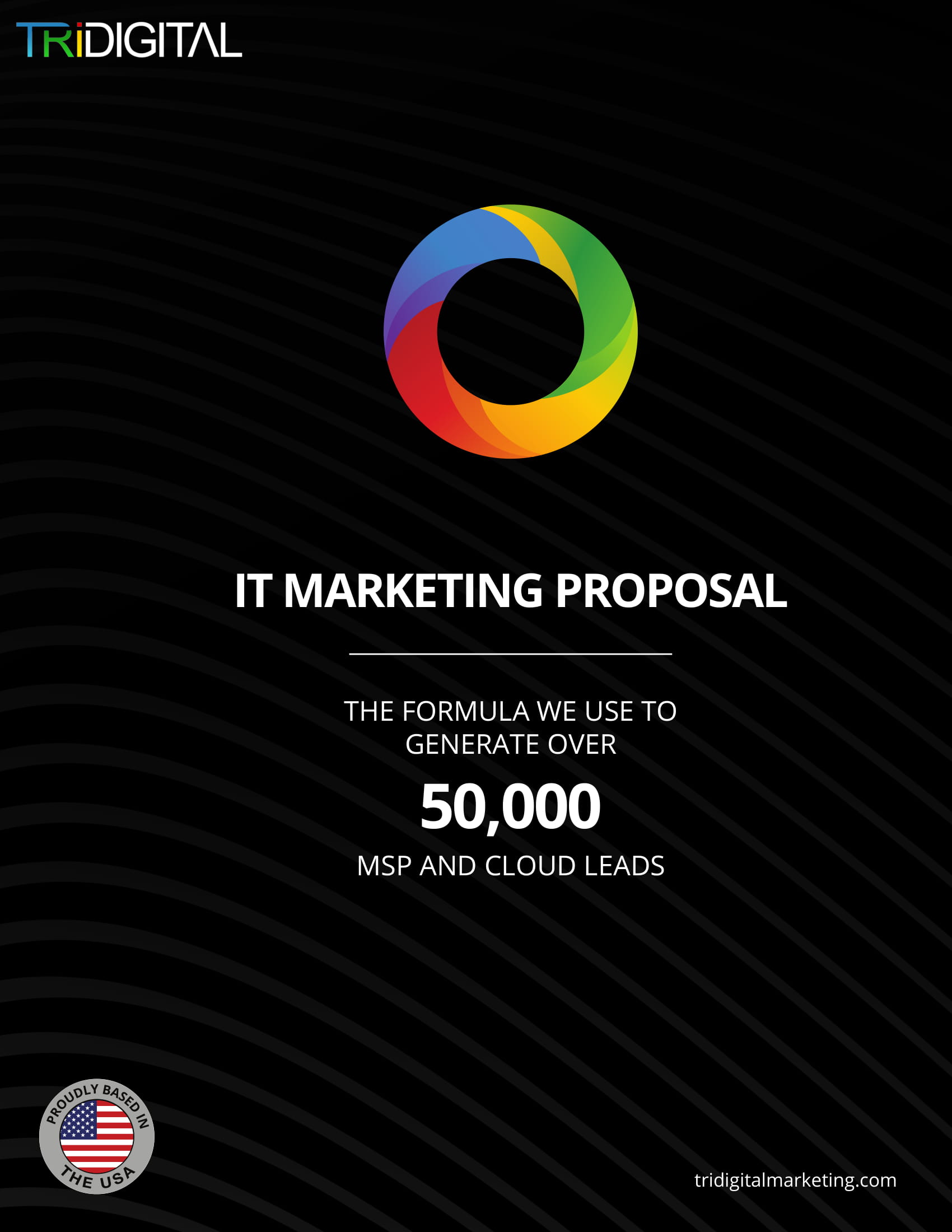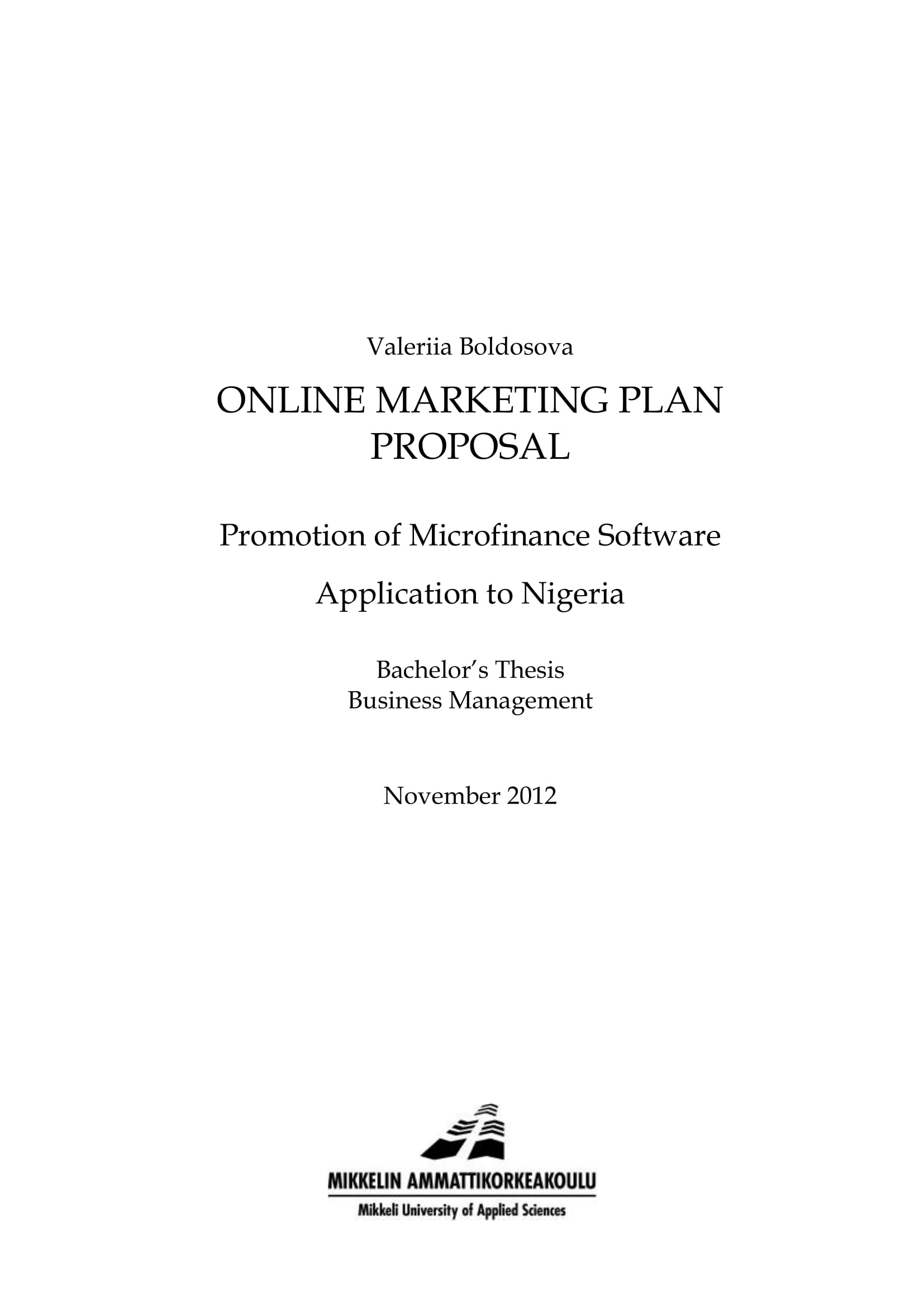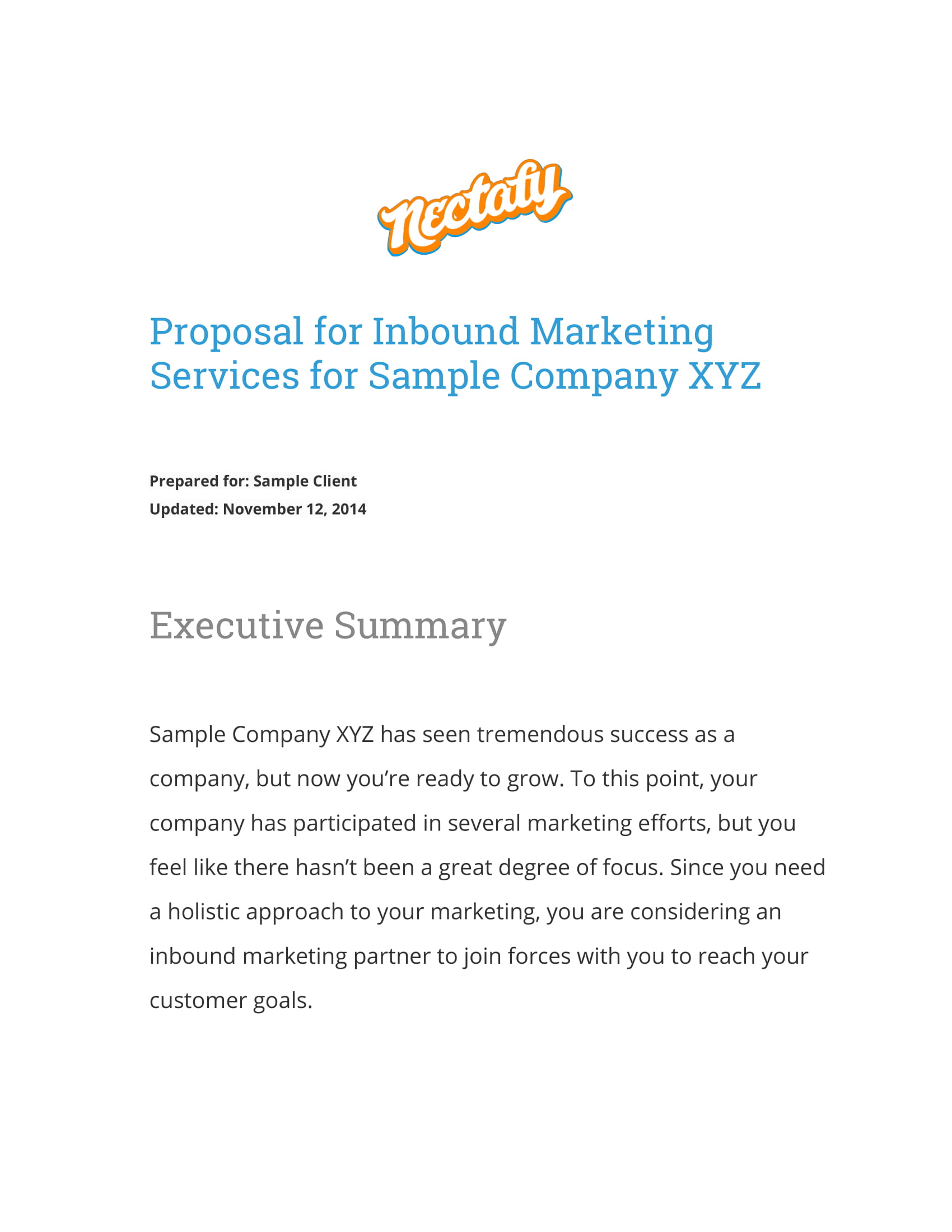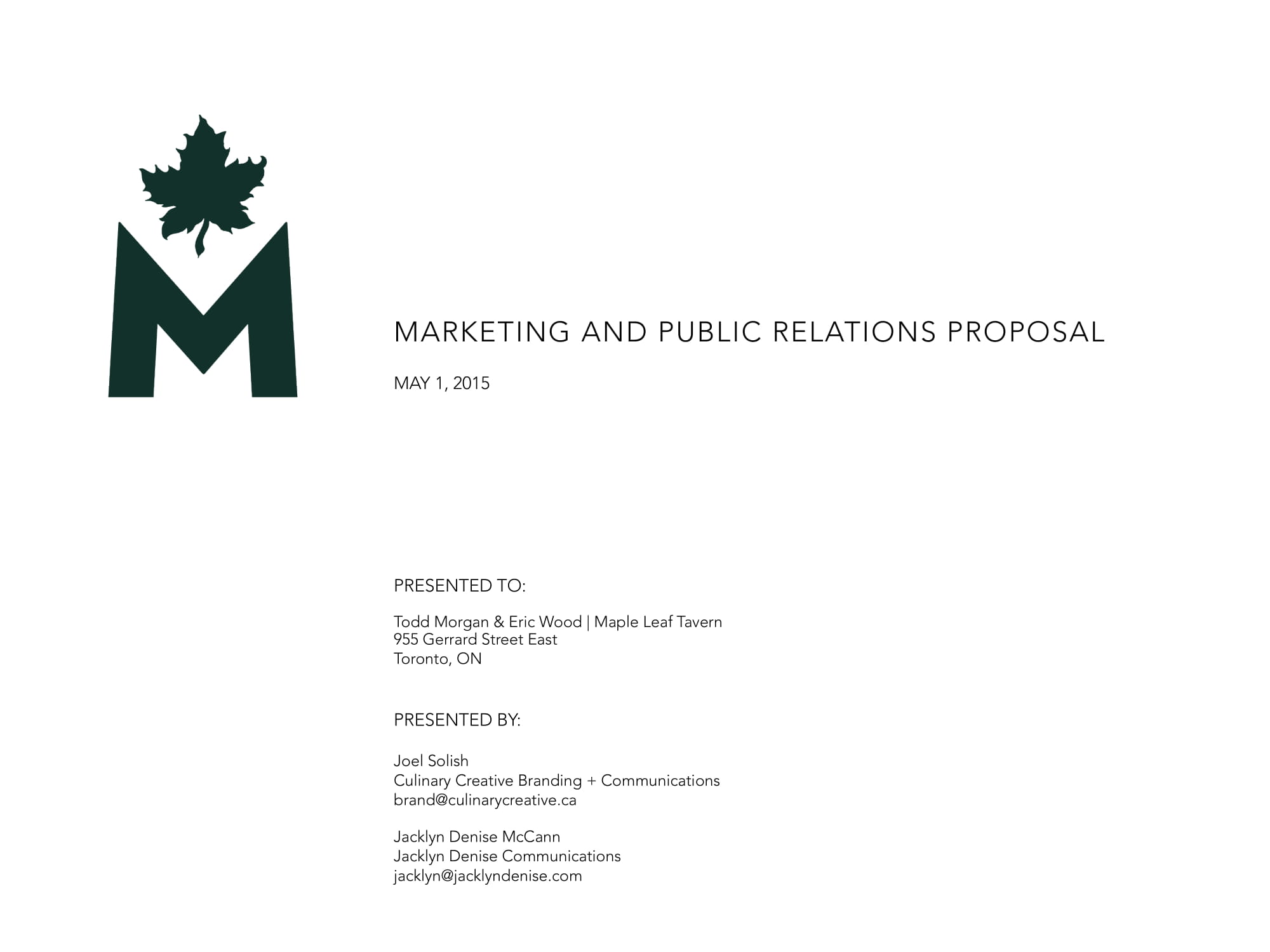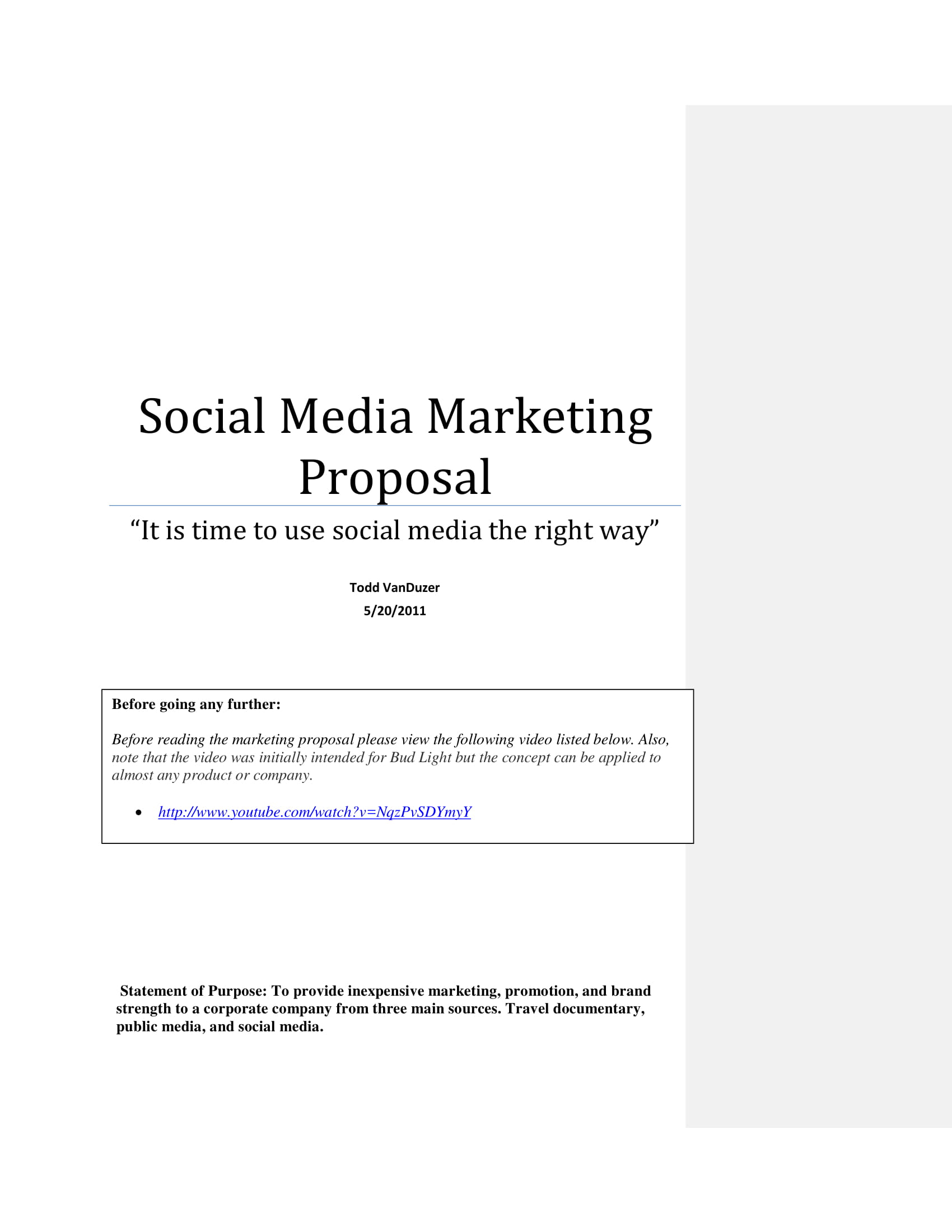12+ Marketing Campaign Proposal Examples to Download
Small businesses are always looking for new ways to generate leads and grow their business even further in a fast-changing market. But the success of a marketing campaign depends, at least partially, on the strength of a creative idea. You may have a rationally better project, at an objectively fairer price, and a measurably longer history than your greatest competitor, but if your marketing ideas are too boring for people to notice, you won’t get the kind of market impact you’ve been yearning for.
Creativity can take you to places you never thought your small business would ever go before. This differentiates you from your closest competitors, and it makes you more noteworthy in the minds of consumers. It’s important to craft your marketing campaign proposal in such a way that will entice investors, clients, and fellow marketers. So in this article, let’s dig deeper into how you can develop the perfect marketing campaign proposal for your small business to flourish.
Marketing Campaign Proposal Template

Campaign Proposal Template
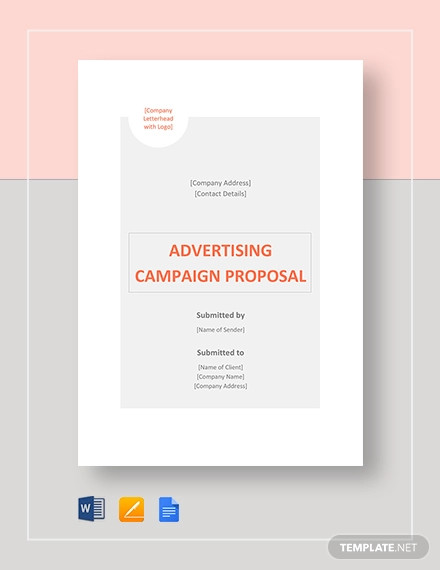
Advertising Proposal Template
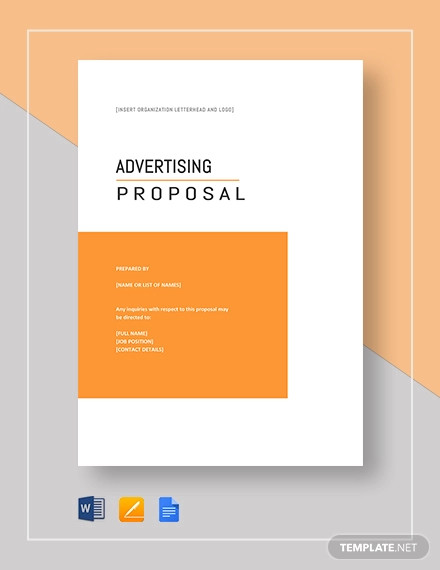
Marketing Campaign Proposal Template
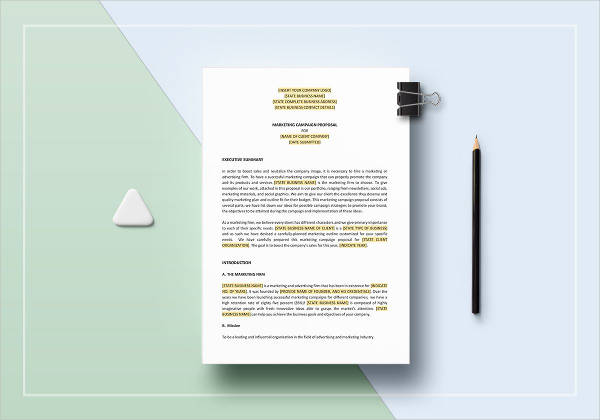
Digital Marketing Campaign Proposal Example
Digital Marketing Campaign Strategy Proposal Example
Marketing Campaign Ideas for Small Business
A good marketing campaign prompts urgency. It forces prospects to make a purchase decision right then and there, rather than them pondering on the idea and talking themselves out of it for the next week or so. It generates a buzz, creates a compelling idea, and would eventually lead to a climatic finish line, where customers are forced to make a decision on whether to buy or not. You may also see service proposal examples.
But developing a unique and exciting campaign idea is far from easy. You need to turn your attention toward prospects who are ready and willing to buy. To help you out, we’ve put together a list of marketing campaign ideas that work time and time again for businesses of any type and size. You may also like business proposal letter examples.
1. Exploring Multi-Channel Options
Extending your market reach is one of the key factors to achieving a successful marketing campaign. One way to build brand awareness and increase the impact of your marketing efforts is through a strategic multi-channel campaign.
Though some marketing efforts would perform a lot better on certain platforms as opposed to others, investing your time and money into as many marketing channels as you can—within the relevance of your business, of course—can do wonders for your next product launch or special promotion. You may also check out research proposal examples.
Anything from blogging, podcasts or webinars, social media posts and events, to email newsletters, on and offline advertising, and in-person events can be the perfect promotional mediums.
While you may not have the right budget to invest in every single option, it wouldn’t hurt to make a concerted effort to cast a wide net with your marketing campaign channels. This offers you the opportunity to reach a wider audience, and remind them of your brand through several platforms. You might be interested in short proposal examples.
2. Diversifying Content
If you do opt for a cross-platform campaign, diversifying your content is critical to its success. Bear in mind that different content types better suit different platforms. Video content often work better for YouTube, Facebook Live, and Instagram Stories, while infographics gain more attention when posted on social media and blogs.
You can also diversify the content of your blogs by creating various articles that are timely yet relevant to the scope of your business. You can create simple, everyday guides, or even case studies, general reports, quick walk-throughs, and other types of content that are ultra-useful and ultra-shareable to your audience.
3. Collaborating
As a small business, building your audience from scratch can be a huge challenge to accomplish on your own. This is why accepting an extra hand from other brands, customers, or influencers is highly encouraged for a better market exposure.
Customers who are satisfied with your products or services are more than willing to offer their testimonials or reviews online. You can also reach out to a social media influencer or a blogger to review and share your products with their respective audiences. This way, you can reach a new audience to help grow your market presence. You may also see project proposal examples.
4. Building Suspense
There are many ways to make customers feel like VIPs and to build a level of suspense to make them feel excited about a new launch.
Apart from exclusivity, discussing the essence of your product before its release by using a few sneak peeks and whatnot will help you build that extra buzz. Some brands even create special countdowns to a product launch in their websites to remind their audiences about what they have in store for them. You may also like investment proposal examples.
5. Giveaways
Who doesn’t love a couple of freebies or giveaways?
Giveaways can come in several different forms. You can offer a trial version of your software to generate leads and potential sales, organize a competition on social media involving likes and shares, or run a sweepstakes to collect contact details from prospects. You may also check out budget proposal examples.
Ensure that the prizes in these giveaways are appealing yet specific to your target audience as well. This will filter out people who are actually interested in the nature of your business from those who are simply after the prize.
IT Marketing Campaign Proposal Example
Marketing Campaign Proposal Checklist Example
Online Marketing Campaign Proposal Example
Professional Digital Marketing Campaign Proposal Example
Tips for Developing a Creative Marketing Campaign
Don’t bother investing on a safe (or otherwise stale) marketing idea, because we all know how easily those fade into the background. But we also know that developing a creative marketing campaign is easier said than done, so here are a few strategies to help get you started.
1. Study the latest marketing trends.
Do your homework. Brands are constantly coming up with fresh advertising campaigns to grab their consumers’ attention, some of which have even gone as far as breaking the norms and challenging the conventions of the industry. Though learning from these market breakthroughs doesn’t mean you have the liberty of copying them, there’s nothing wrong with seeing them as inspirations for your campaign. You may also see professional proposal examples.
2. Pay attention to what intrigues consumers.
Take the time to consider yourself as a prospect. While you may not belong to your company’s target demographics, getting a first-person perspective of the encounter by taking your personal thoughts into account can be a huge game changer. What naturally intrigues you might garner the same effect from someone else. You may also like security proposal examples.
Take a look around you and ask yourself why a particular ad has caught your attention. This will help you determine the right elements to introduce in your next campaign.
3. Get to know your target demographics.
To be an effective marketer, you need to gain a deeper understanding of your target audience. Many marketers like to meet and speak with their customers personally to get an in-depth look into the minds. A friendly approach offers you a different yet brighter view of your audience, eliminating the boundaries that stand between a business and its consumers. You may also check out conference proposal examples.
4. Crowdsource.
Putting your heads together as a team may help you formulate a good marketing campaign, but if you want something slightly more different than what’s already out there, you should try asking the people around you for a few ideas they might want to lend to your future campaign. You might be interested in fundraising proposal examples.
This includes everyday people who might not be familiar with your line of work, but have something innovative to offer. You’ll find that most ideas require some modifications here and there, but it’s a good start to an aspiring project.
5. Not all bad ideas are “bad.”
Just because some brands refuse to do it doesn’t mean it’s a bad idea altogether. Proposing a norm-defying idea may seem risky, but if you learn to tweak it and apply it in just the right way, you could turn into something a lot more interesting than what you initially thought it would be. You may also see partnership proposal examples.
Inbound Marketing Campaign Proposal Example
Real Estate Marketing Campaign Proposal Example
Simple Marketing Campaign Proposal Example
Social Media Marketing Campaign Proposal Example
How to Write a Powerful Marketing Campaign Proposal
Once you have brainstormed your ideas and done your research on it, it’s time to write a marketing proposal to see if business executives and other stakeholders are on board with your plan. A good project proposal should not only persuade readers about a proposed idea, but it must also serve as a point of reference to establish expectations, objectives, and successes of the said campaign.
That being said, here are some useful guidelines to help you construct an effective marketing campaign proposal:
1. Create an overview.
The purpose of an overview is to let your clients know that you fully understand the market conditions they are facing and that you value the opportunity that has been given to you. This will help you convince them that you can be an asset to their desired ventures by assisting them as they go on to achieve their business goals and objectives. Make sure this section focuses on your client, not you.
2. Present your idea(s).
Create a summary regarding your idea(s) for the campaign. You’d also want to be careful with the amount of information you give out, as you don’t want to make it easy for clients to run off with your idea without offering you credit for it. Give them something to ponder about before you discuss anything further about your proposed plan. You may also see engineering project proposal examples.
3. Prove your idea.
When proposing an idea to a prospect, you need to make sure it’s feasible. Provide clients with statistical data and research that prove why your ideas are viable. Some clients may not even be aware of an opportunity unless somebody introduces it to them. Hence, this is your chance to prove how your ideas can establish a competitive edge for a prospective client. You may also like software project proposal examples.
4. List your objectives.
Create a list of objectives you plan to accomplish and when. You can present these deliverables through a simple list, or you can create a Gantt Chart for a more organized analysis. This will set the expectations for the plan along with the benchmarks for success, and keep you accountable for your responsibilities and actions.
5. Measure results.
You need to be specific in terms of how you and your client will measure the success of a campaign. Although nothing is guaranteed, it’s good to have something that can build confidence in your client and give your team a scoreboard to evaluate results. You may also check out sponsorship proposal examples.
6. Establish credibility.
This is where you need to gain the trust of an audience. Briefly discuss your previous successes, technological advances, and best practices that have helped you obtain success in the past. You need to understand the full value of what you’re providing to a business and its operations. You might be interested in policy proposal examples.
7. Provide a timeline.
Along with the project deliverables, a general Gantt chart showcases a timeline of events, specifically the start and end dates of a project, as well as the milestones in between. Here, you must provide an estimation for each date to keep the entire team on track during the development process.
8. Methodology and options.
You need to provide options for your client to choose from. They need to have the freedom to choose what best fits the image of a brand; otherwise, you could end up client-less after the meeting. Be open to any suggestions they may have, and make it a team effort to keep everyone involved. You may also see non-profit proposal examples.
9. Terms and conditions.
Financial fees, payments, expenses, and other conditions should be clearly stated in the simple proposal. Clients would want to settle the financial aspect of a project before closing a deal, so be sure to keep your terms and conditions as specific as possible.
10. Wait for approval.
Some clients tend to think a general proposal over before offering you a final answer. It’s a grueling process of reviewing, signing, and dating the proposal before you can officially begin with the general plan. You can either hold a follow-up meeting with the client, or send a company representative over to receive the contract.
Creating a marketing campaign proposal involves a long, drawn-out process that could either result in failure or success. But even then, marketing has always been an art of exploring different methods and ideas in order to stand out in a crowded market. You may also like landscaping proposal examples.
Though developing a good marketing campaign may take months to fully accomplish, it’s sure to bring your small business to greater heights to broaden your market reach and accelerate sales.



